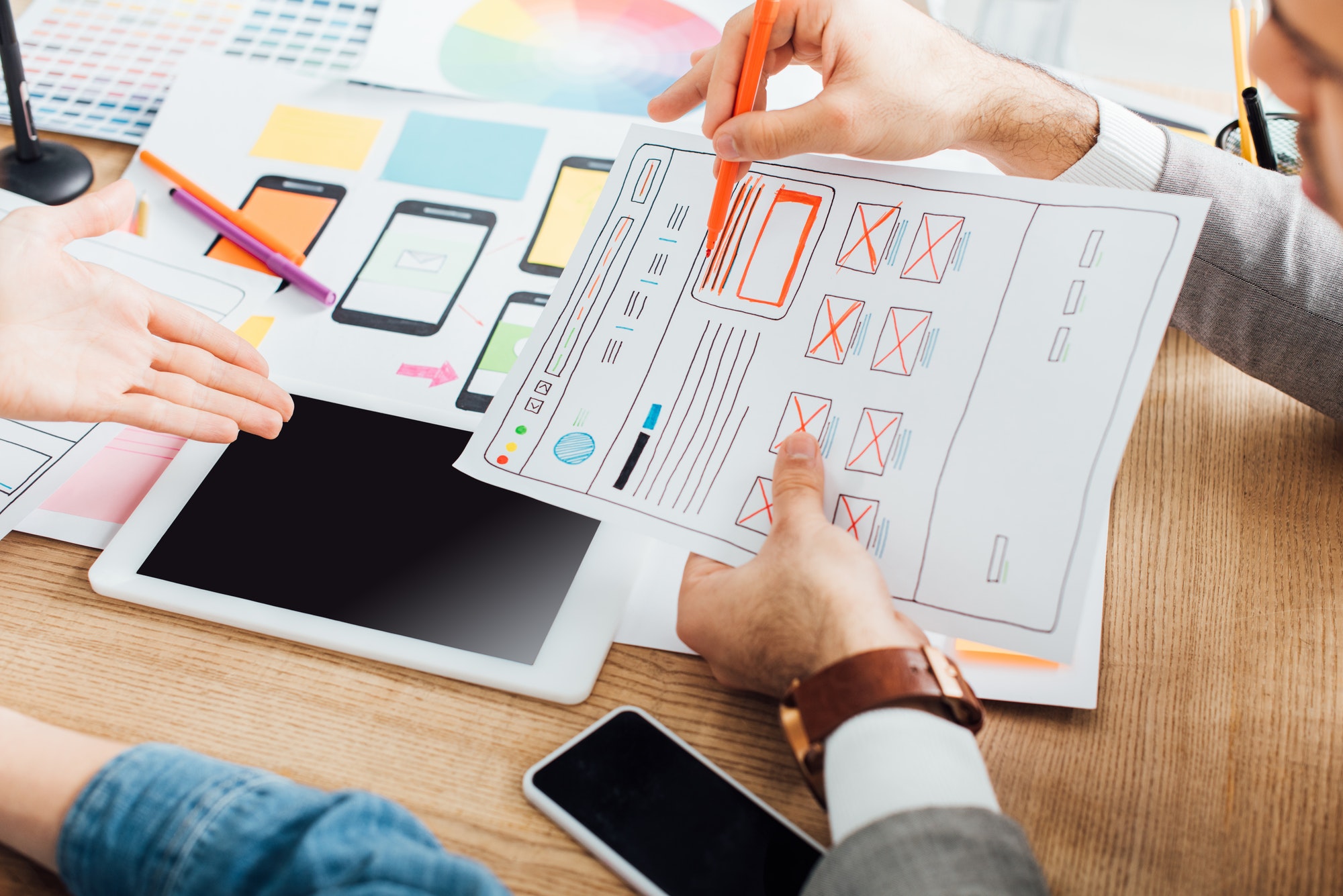UX (user experience) or user experience means how a person feels when interacting with an object. For the web interface, this is not only the ease of orientation but also the perception of value through the content. Taken together, UX design is a complex system that takes into account every detail: from the ease of filling out the application form to the intuitive structure of the sections. Today we are going to talk about why UX design does not end with your website.
Not so long ago, the design was based on what the customer wants, on his tastes and values. User experience turned the situation upside down: now all attention is on the user (client), his psychology, needs, and expectations.
When UX research improves the product experience, it not only increases user satisfaction (which is vital to a company’s success) but also improves conversion rates and brings profit to the business.
Why Is It Important?
The ultimate goal of any business is profit, and as long as the company does not believe that UX activities will bring it this benefit, then it will never go to implement them.

So how does UX benefit the business?
To understand this, let’s look at the impact of UX on the bottom line in terms of cost cuts and revenue gains. We are going to start with the first one.
eCommerce Conversion Hacks That Will Double Your Conversions
How Does UX Help Reduce Business Costs?
Reduced Cost And Development Time
Incorporating UX research and iterative testing into the standard product development process would seemingly increase the time and cost of the project. However, these actions actually save resources by developing the right solution from the beginning, as well as finding and fixing problems at the beginning of the project, when they are easy and inexpensive to change.
On average, developers spend 50% of their time fixing problems that could have been avoided. And this significantly affects the costs and duration of the project.
The price difference is sharp here. Solving a problem during development is 10x more expensive than design and 100x more expensive if you’re trying to fix a problem in an already released product, according to research from analyst firm Forrester.
The choice is to think about the future now or spend more money on solving the problem later. And all in order to achieve the same end goal: a smooth user experience and later an increase in such metrics as Retention (customer retention). Retention determines the growth potential of your business and also affects monetization metrics, which is an important metric.
Some Numbers From Well-Known Companies:
By fixing usability issues during the design phase of their site, American Airlines reduced the cost of those edits by 60-90% (if they did it during the development phase). The web designer was able to fix this after a usability test.
Sodala Software incorporated use cases into its development process to simulate designs based on user needs, reducing defects by 79% and increasing customer satisfaction.
Priority For Improvements
User testing will not only help you find serious problems but also find many things that need improvement. By having metrics that match your users’ experience, you can justify the cost of making the change. You can prioritize improvements based on the quality of product performance. You have to focus on the user experience to see which one you should decide first.
Reduced Promotion Costs

If you do UX research from the beginning and come up with an optimized design, you will keep your referral, sales, and marketing costs to a minimum in the future. A positive user experience creates long-term relationships with users who not only want to buy your product but also recommend it, for example on social media. If your product resonates with customers, they will be happy to recommend it to their family, friends, and colleagues. Word of mouth reviews is free, which saves you money on marketing.
Effective UX Increases Revenue
The link between UX and increased revenue is not obvious at first glance, but it is easy to calculate. Moreover, there is a lot of researches that confirm that a properly tuned UX brings excellent ROI (return on investment).
On average, every dollar spent on UX brings in a profit of between $ 2 and $ 100. And it is very logical: the better the usability, the higher the conversion rate.
What Should You Expect From Your UX Investment?
According to research by Jacob Nielsen, if you allocate 10% of your budget for UX development, you will get an 83% increase in conversions. It’s simple: when UX improves the customer experience, it increases the company’s KPIs.
Increase In sales
People want products and systems that meet their needs, are simple and enjoyable to use. Products that provide a good user experience will sell better.
Since many competing web products are readily available, people won’t spend a lot of time sorting out and switch to another product that provides a better user experience.
According to Microsoft research, a person’s attention span is only 8 seconds. This means that users can focus on your product in just 8 seconds. After that, they either stay or leave.
Increased Customer Satisfaction And Loyalty

A good user experience includes good user interfaces and satisfies customers and increases their loyalty. Experts from Katana IT claim that content, loyal customers are more likely to repeat purchases, buy additional products, leave positive reviews, and stay with your brand.
Experience matters research says that a constant focus on the wants and needs of the consumer increases their will to bring you money by 14.4%, their desire to recommend your product by 16.6%, and reduces their desire to switch to another product by 15.8%.
Conclusions
As you can see, a good UX design is not about a pretty website. It shows your attitude towards customers, your seriousness, and your professionalism.
In addition, investments in a good quality UX will bring you to benefit, conversion, help you gain loyal customers, and promote your business. Never neglect this aspect of your business.
Share at:ChatGPTPerplexityGrokGoogle AI






